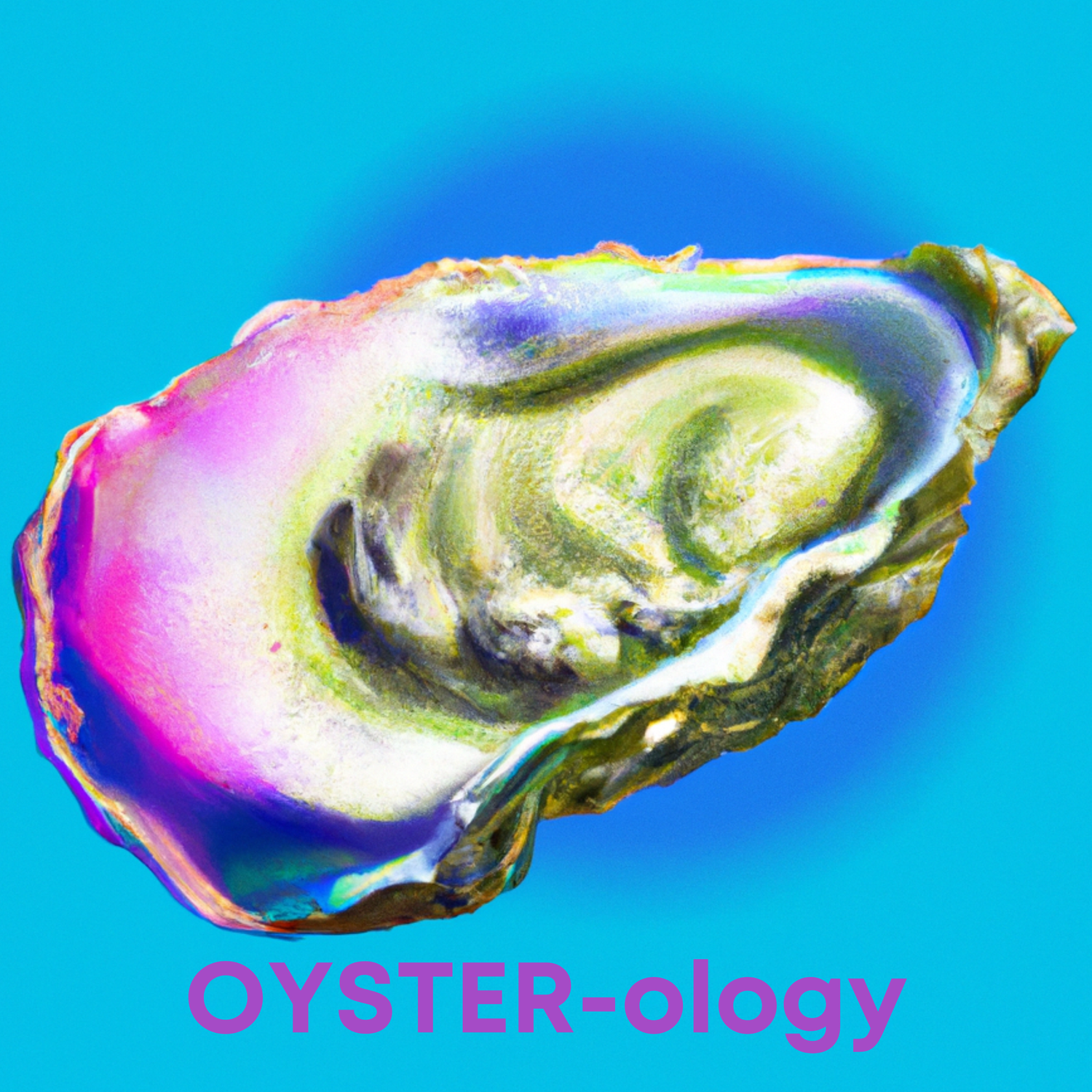¡Chile’s Festival of Festivals!
/Nearly every country in the world has a national festival that brings its people together for a common party. On National Day, Singapore has a grand pageant of lights, jets, fireworks and dancers celebrating their history at Marina Bay. In the US, neighborhoods across the nation hold local Independence Day parades of walkers, cyclists and patriotically-festooned wagons crowded with kids and pets pulled by parents. Polished fire trucks and police cars are on display, local dignitaries make appearances and for a day everyone puts aside their political differences, looks to the night sky for fireworks and feels pretty good about their country. It’s a beautiful thing.
Chile is no exception to such national festival fervor, celebrating Dieciocho; a three-part combination of the county’s freedom from Spanish rule, an ambiguous religious event and the unofficial beginning of Spring. The event which commemorates Dieciocho is Fiestas Patrias and it’s the festival to end all festivals in this long, slender country that I now call home. Whereas national celebrations around the world usually span a full day, Chile takes it a little more seriously – Dieciocho lasts an entire week for many people and every school, with the festivities broadcast endlessly to millions live on television and across the internet.
Dieciocho de Septiembre
The wind-up to Dieciocho lasts for weeks, with pre-holiday sales of music, traditional red and white clothing, special pottery plates and cookware, and flags – lots and lots of flags. That’s because Dieciocho is so important in Chile that there is a law requiring every commercial building and residence to hang a Chilean flag out front. And not just any old way – it has to be hung correctly. Failure to do so can result in a multa (fine), not to mention furtive glances from disapproving neighbors. Looking down any street, lined red and white with the nation’s symbol, it’s hard not to become patriotic yourself.
On the actual big day – dieciocho de septiembre (September 18th) – one could probably throw a brick through the window of any bank in the middle of the day and no one would notice. That’s because everything – I mean everything – is closed for this most important holiday in Chile. So like any new Chilean resident, we joined the mad rush to gas up the car, buy plenty of bread, milk and, ahem, pisco, and settled in for the big event.
Festival Food
Some local friends invited us to attend a municipal Fiestas Patrias celebration in Santiago. It was a huge, week-long festival, offering tens of thousands a glimpse into all things Chilean, including Huasos (local cowboys) in wide brimmed leather hats on horseback; unique shove-the-cow-against-the-wall kind of rodeos; local crafts; dancing; singing; and a very impressive showing of police and military might. And naturally there was plenty of food for me to gorge on. Traditional meats like beef, pork and skewered anticuchos grilling like shish kabob were everywhere. Empanadas – the national treat here – were piled along tables and food stalls, and choclo – a large-kernelled corn – roasted and popped over glowing charcoal at every turn. Wherever I went in this massive party large cups of mote con huesillo (the national libation of stewed peach and barleycorn with an entire dried peach floating inside) were lined up beside counters of terremotos – a wildly toxic concoction of sweet fermented wine and pineapple ice cream served in a liter glass. But most notably and to my great delight there was cordero. Now, as a lifelong eater of everything, few foods excite me more than a golden, full-roasted pig, a whole fish sizzling over dancing flames or a crispy little guinea pig fresh from a mud and brick oven. But the cordero of Fiestas Patrias – well – nothing prepared me for this.
The open roasting of whole lambs beside a wood fire – known as cordero al asador – comes from Patagonia to the south, where it is more a way of life than just a meal. It’s such a beloved food here that even the scattering of Chilean vegetarians drool over the thought of it.
And so it was that, through the haze of smoke, I spotted the huaso stepping gingerly around a carpet of glowing coals, throwing handfuls of coarse salt. His target: entire torsos of lamb – dozens of them – splayed out on iron rods and mesh screens leaning in toward pyres of burning logs. He paused to slice off a hunk of meat with a frighteningly-large hunting knife and handed it to me silently. Wide-eyed, I tore the meaty gift with my teeth, pink juices dribbling down my chin, as the crispy skin and succulent flavor of fresh-killed lamb exploded with carnivorous gaminess in my mouth. Some guy standing nearby eyed me, jealous, as he waited in the line snaking toward the heavy wood table where other hausos were cutting and plating meat for a paying crowd. “Maybe if you had just asked politely…” I thought with an air of conquest.
My new best friend cooking Cordero
When I think of the Dieciocho in Santiago, celebrations like Carnival in Rio or Mardis Gras in New Orleans come to mind – but with a more reserved, Chilean characteristic. Here it’s all about the rich culture and colorful history of this remarkable country, with so much of that expressed through music, dancing and simple yet exciting cooking dating back to when the indigenous Mapuche first harnessed fire. It’s easy to see how standing among crowds of proud Chileans, chewing a slice of pure, unadulterated cordero to the traditional rhythm and beauty of the evocative Cuenca, brings the nation back to its Andean roots. And while one lamb splayed over an untamed flame is a sight to behold, many Fiestas Patrias lambs doing that in unison marks a national event worth celebrating. And it's, well, just plain sexy. ¡Viva Chile Mierda!












